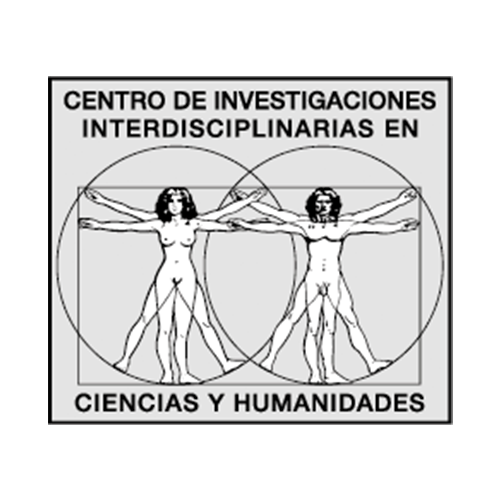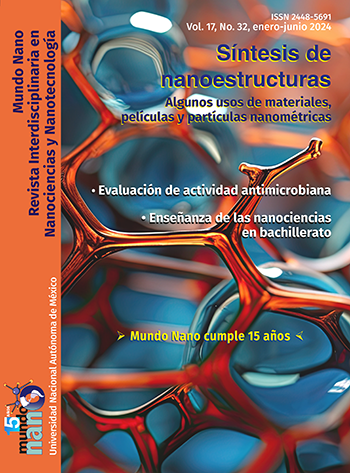Photocatalytic TiO2 nanoparticles incorporated into building materials. Let’s build smart buildings!
Main Article Content
Abstract
A high concentration of air pollutants is being produced in the world’s metropolitan areas because of the growing number of vehicles, factories, industries, and construction sites, causing severe air quality, public health, and structural deterioration. In recent years, to address these problems, photocatalytic building materials have emerged as a new alternative technology to remedy urban air pollution and maintain the aesthetics and functionality of infrastructures. Large surface areas are exposed to the sun in any infrastructure providing the optimal conditions for applying photocatalytic solutions. The great interest in this technology has encouraged the creation of many intelligent building materials with photocatalytic properties by incorporating TiO2 nanoparticles. A wide variety of products are currently available in the market, such as paints, windows, stucco, pavement, cement, etc. The aim of this study is to make a comprehensive review of the photocatalytic process, its properties, its applications in the construction industry, and the problems and limitations of this technology.
Downloads
Article Details

Mundo Nano. Revista Interdisciplinaria en Nanociencias y Nanotecnología por Universidad Nacional Autónoma de México se distribuye bajo una Licencia Creative Commons Atribución-NoComercial 4.0 Internacional.
Basada en una obra en http://www.mundonano.unam.mx.





